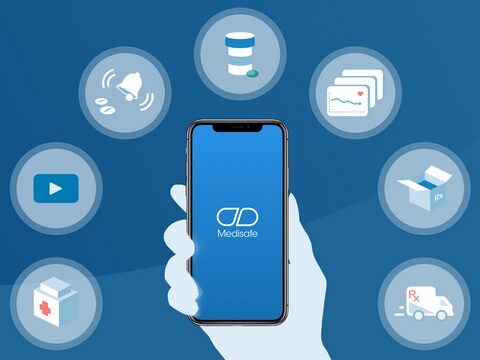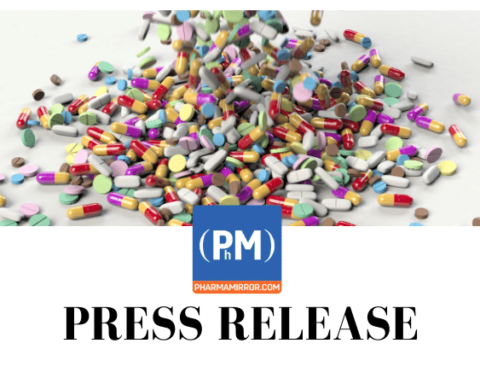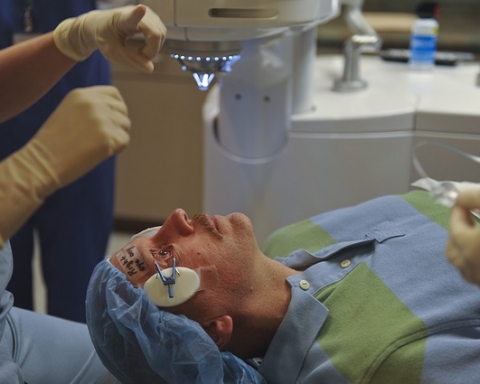Education is the best way to improve compliance. Pharmacist should have larger roles in patient education and in advising patients when they fill their prescriptions.
In discussing an illness or drug therapy with a patient a distinction should be made between information and education. Patients may receive information but not understands it and use it correctly, where as education implies understanding and behavioral change. Patients should be encouraged to participate in the discussion and where possible they should be brought in on the decision making process.
[column]The goal of patient education is to provide information that the patient is able to understand and use.
Oral Communication/ Counseling:
Communication between the pharmacist and the patient regarding the use of medication can be both oral and written. Oral communication is the most important component of patient education because it directly involves both the patient and the pharmacist in a two way exchange and provides the opportunity for the patient to raise questions. For such communication to be most effective it should be conducted in a setting that provides privacy and is free of distractions.
Possible Questions Patients may Ask Regarding Medications
1. What is the name of the medicine, and what is it supposed to do ?
2. How much of the medicine should i take, and when should I take it and for how long?
3. What foods, beverages and other medicines should I avoid while taking it?
4. What are the possible side effects, and what should I do if they occur?
5. What written material is available about the medicine?
Written Communication:
Although at the time of the visit to the physician or pharmacist the patient may understand how the medication is to be used, he may not remember later the details relating to administration of the drug. Therefore specific instructions for use should be placed on the prescription label.
It is also often desirable to provide supplementary written instructions or other information pertaining to the patient’s illness or drug therapy, and many pharmacists are now giving patients medication instructions cards or inserts. The provision of supplementary written information appears to be most effective in improving compliance with short term therapeutic regimen (antibiotic therapy).
For drugs used on a long term basis written information as a sole intervention has not been shown to be sufficient for improving patients compliance. Therefore oral and written communication should be used to complement each other, and both should be viewed as important components of the effort to educate the patient regarding his drug therapy.
Audiovisual Materials:
The use of audiovisual aids may be particularly valuable in certain situations because the patient may be better able to visualize the nature of his illness, or how his medication acts or is to be administered (insulin and inhaler).
Controlled Therapy:
It has been proposed that hospitalized patients be given the responsibility for self medication prior to discharge.
Special Compliance Programs:
In certain situation it is necessary to develop highly structured program to improve compliance. Training in medication self management occurred in four skill areas.
- Obtaining information about the benefits of anti psychotic medication.
- Knowing how to self administer the medication correctly and evaluate its effects.
- Identifying the adverse effects of medication.
- Negotiating the medication issues with health care providers.
Special programs for providing information about medication also are needed for sight impaired and hearing impaired patients.[/column]
Patient Motivation:
Many health care professionals assume that patients who are knowledgeable about their illness and therapeutic regimen are more likely to be compliant. However there must be an awareness of the need to motivate the patient to use the knowledge that has been acquired for the purpose of achieving optimum benefit from his therapy. Information must be provided to patients in a manner that is not coercive, threatening and demeaning. The physician patient interaction has been characterni[zed as a negotiation.
Compliance Aids:
Labeling: auxiliary labels which provides additional information regarding the use, precautions/and or storage of the medication also will contribute to the attainment of the compliance.
Medication Calendars and Drug Reminder Chart: Various forms such as medication calendars have been developed and designed to assist the patient in self administering drugs.
Special Medication Containers Caps and Systems: Several types of medication containers have been developed to help patients organize their medication and to monitor self administration of drugs. Specially designed caps for prescriptions containers also have been developed to facilitate compliance although these special container caps and systems are not needed by most of the patients. They may be effective in achieving compliance in patients who forget doses or who are confused by the complexity of the regimen.
Compliance Packaging: The manner in which the medication is packaged also has an influence on patient compliance.
Dosage Forms: New dosage forms of certain drugs also have been developed in large part as recognition of problems of noncompliance. For example the development of longer acting, controlled release dosage forms. The use of trans dermal drug delivery system permits less frequent administration of the drugs.
Monitoring Therapy:
Self Monitoring – The patient should be apprised of the importance of monitoring his own treatment regimen and in some situations the response parameters.
Pharmacist Monitoring – The pharmacist is in an excellent position to detect noncompliance pertaining to drugs used in the management of chronic conditions such as hypertension and diabetes by being alert to situations in which the frequency of requested refills is not consistent with the directions for use. Pharmacists follow up with patients through telephone or email reminders have been found to increase compliance.
Directly Observed Treatment – The use of directly observed treatment regimens for patients with tuberculosis may increase compliance.
A pharmacist job might be started as a product oriented to patient oriented profession.This noble profession of patient education can be done by pharmacists and their coworkers very effectively in the community pharmacy and hospital pharmacy.Pharmacists with their updated knowledge and skills could do these jobs and responsibilities very nicely. In fine it could be concluded in this way that pharmacy services must be evaluated on patient outcome rather than the number of prescriptions dispensed and pharmacy must evolve toward interpretations and patient consultation, related to the use of medical technologies. [Ref:Remington the science and practice of pharmacy.] [end_columns]
About the Author: Belayet Hossain is the author of this article. He did his B. Pharm. & M. Pharm. from Dhaka University and he has experience of working as hospital pharmacist in Uganda. Now he is serving as a faculty of University of Development Alternative, Bangladesh. He feels interest to work as a consultant in hospital or pharmaceutical industry.
Target Readers: This article was published mainly for the readers from those countries where community and hospital pharmacy are rarely practiced. This article will also help to pharmacists to have knowledge about patient counseling and thier responsibilities.









[…] Education is the best way to improve compliance. Pharmacist should have larger roles in patient education and in advising patients when they fill their prescriptions. In discussing an illness or drug therapy with a patient a … […]